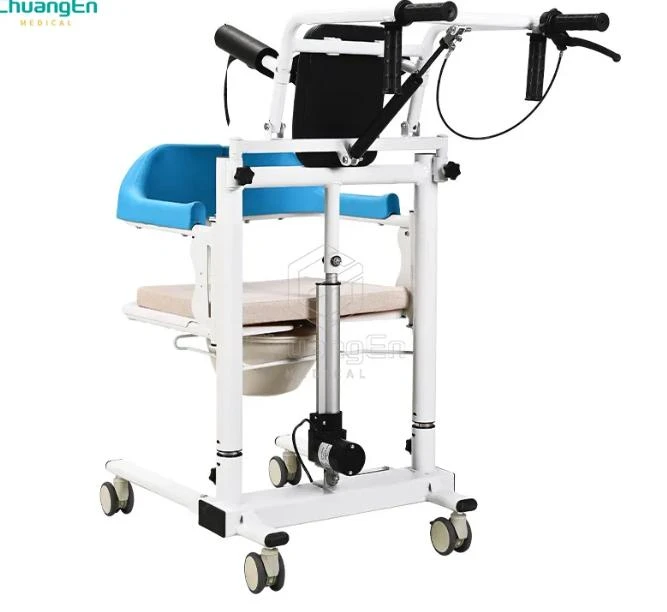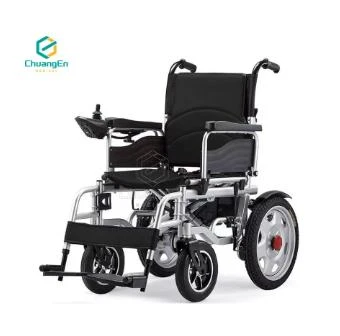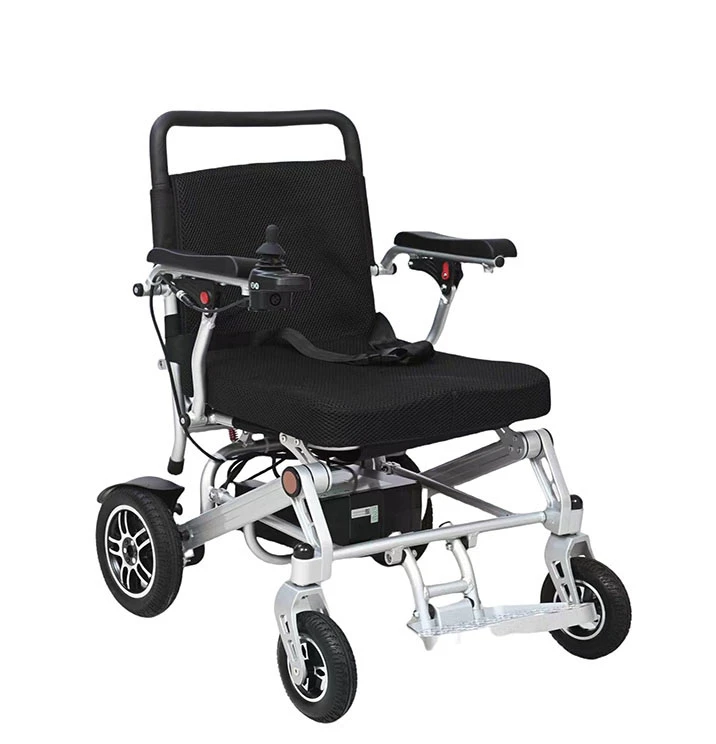- Introduction to air bed used in hospitals
: addressing patient needs and pressure ulcer prevention - The technology behind air beds: materials, mechanisms, and smart innovations
- Vendor comparison: a comprehensive table of leading air bed suppliers
- Tailored air bed solutions: customization options for hospitals and care facilities
- Proven application cases: real-world examples of air bed implementation
- Challenges, maintenance, and best practices for air bed longevity
- Conclusion: Future perspectives on air bed used in hospitals and patient care enhancement
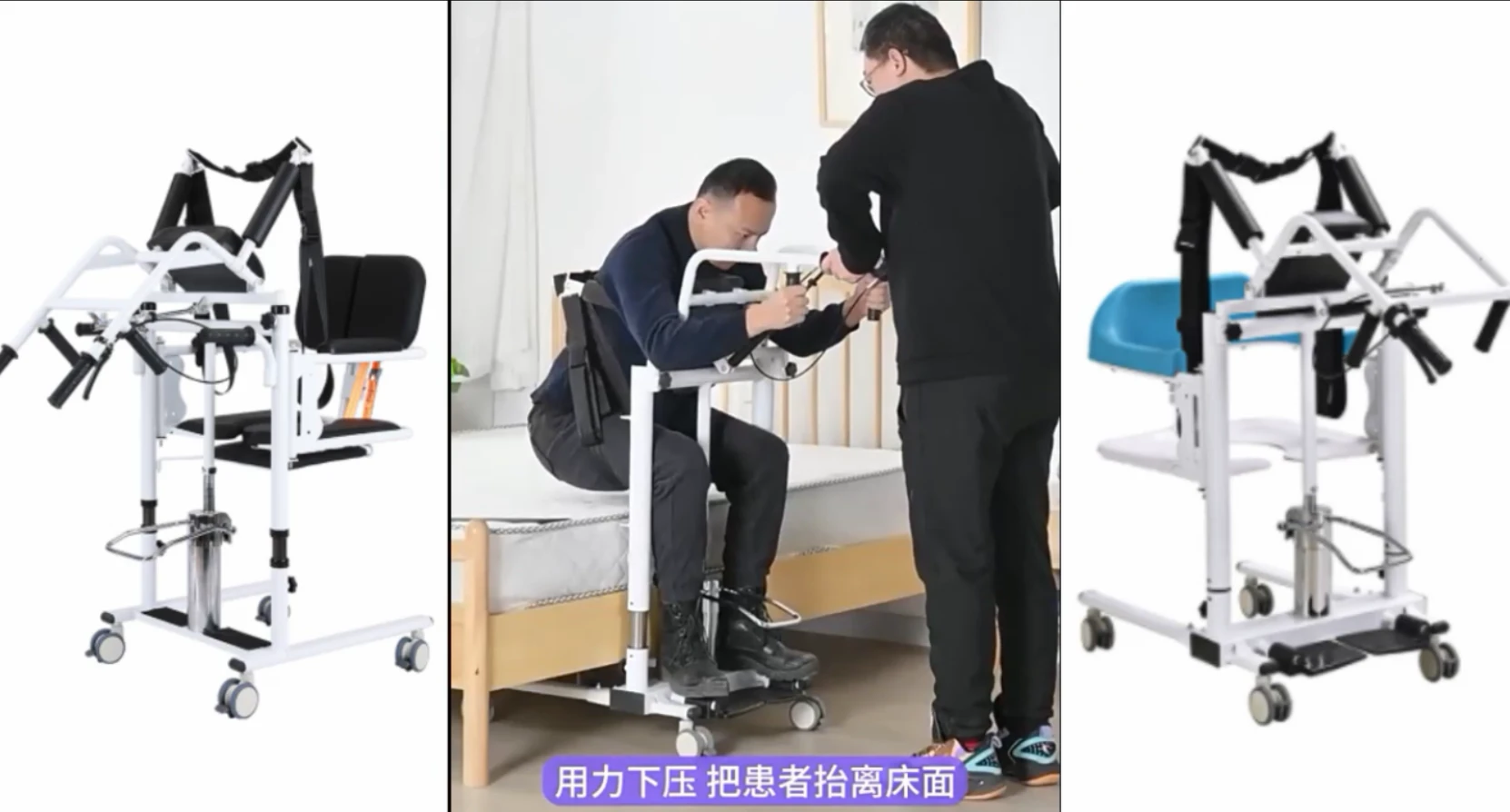
(air bed used in hospitals)
Introduction: The Vital Role of Air Bed Used in Hospitals
Within hospital care environments, patient comfort and safety are non-negotiable priorities. Over 2.5 million patients develop pressure ulcers, also called bed sores, each year in the United States alone. These alarming figures highlight the urgent need for technologically advanced support surfaces such as the air bed used in hospitals.
Bed sores, formally known as pressure injuries, result from prolonged pressure on particular body points, often encountered by immobile patients. Conventional mattresses, while supportive, frequently fail to distribute bodyweight evenly, catalyzing tissue breakdown. Clinical studies reveal that using a bed sores air bed can reduce incident rates of pressure ulcers by up to 60%, significantly improving patient outcomes. Hospitals are increasingly turning to customized air bed for bed sores patient setups, tailored to fit specific therapeutic requirements and patient profiles.
As patient populations age and chronic illnesses become more prevalent, integrating advanced air bed systems positions hospitals at the forefront of supportive care and infection prevention.
Technological Innovations in Air Beds: Construction and Design Advances
The technology embedded within modern air beds addresses crucial deficits found in traditional surfaces. At the core of their efficacy lies a sophisticated system of air cells or cylinders, often crafted from medical-grade PVC or nylon, and controlled by dynamic pressure sensors.
These beds alternate inflation and deflation across multiple zones, a mechanism clinically validated to minimize direct pressure points for users at risk of bed sores. Some advanced models incorporate microclimate management, featuring evaporative cooling layers to regulate skin humidity and temperature, further reducing maceration-related injuries.
Recent market surveys indicate that up to 80% of top-tier hospitals in North America and Europe have partially or fully transitioned to smart air-based mattresses. Integration with nurse call systems, adjustable firmness settings, and automated patient movement notifications are now standard in premium models. This convergence of technology not only enhances comfort but also markedly lessens the nursing workload for manual repositioning, as evidenced in various hospital workflow analyses.
Vendor Comparison: Air Bed Manufacturers and Feature Differentiation
Selecting an optimal air bed supplier is pivotal for balancing budget constraints and clinical efficiency. Below is a comparative overview of renowned suppliers, focusing on critical evaluation metrics such as price, warranty, pressure redistribution performance, ease of maintenance, and customer service support.
| Vendor | Model | Price Range | Pressure Redistribution Score | Warranty | Maintenance | Customer Service |
|---|---|---|---|---|---|---|
| Hill-Rom | P2800 | $3,000 - $6,000 | 4.9/5 | 5 years | Automated, modular parts | 24/7 helpline |
| ArjoHuntleigh | Nimbus Professional | $2,800 - $5,700 | 4.7/5 | 4 years | Tool-free parts swap | Dedicated account manager |
| Invacare | MicroAIR MA900 | $2,400 - $4,500 | 4.6/5 | 3 years | Washable covers | Email/Phone support |
| Stryker | Isoflex LAL | $4,000 - $6,500 | 4.8/5 | 5 years | Real-time control panel | Onsite training |
Pressure redistribution score based on third-party biomechanical lab tests, 2023
These vendors offer advanced software integration, modular designs enabling rapid repairs, and scalable procurement programs for large healthcare systems. The impact of vendor choice extends to long-term total cost of ownership, making a thorough comparative assessment indispensable for procurement managers and clinical engineers.
Custom Solutions: Personalizing Air Bed For Bed Sores Patient Needs
The vast spectrum of patients requiring air bed support necessitates a versatile approach to customization. Modern air beds can be tailored across a range of parameters, including but not limited to:
- Adjustable Pressure Profiles: Individualized pressure mapping allows customization depending on patient weight, mobility, and wound stage.
- Bed Dimensions and Shape: Pediatric and bariatric patients benefit from specially sized air beds.
- Antimicrobial and Hypoallergenic Covers: Coatings that inhibit bacterial colonization and reduce allergen exposure.
- Integrated Movement Sensors: Track and report patient repositioning, integrating with hospital electronic health records.
- Remote Control Interfaces: Enables nurses to adapt bed firmness and inflation cycles on demand.
Data gathered from global hospital customization initiatives demonstrate a further 20–25% reduction in pressure ulcer formation when air beds are tailored, compared to standard, off-the-shelf models.
Clinical Success Stories: Real-World Application of Bed Sores Air Bed
Implementing air bed solutions across differing clinical settings has yielded measurable patient care improvements and operational efficiencies.
Case 1: Urban Tertiary Hospital Success
An 800-bed city hospital reduced the incidence of stage III/IV pressure injuries from 7.4% to 2.1% within a year of deploying alternating pressure air beds across all critical care units, combined with staff education.
Case 2: Long-Term Care Facility Initiative
In a 150-bed long-term care home, patients with high-risk mobility limitations utilized customized air beds with advanced microclimate and sensory monitoring. Resulting outcomes included a 38% decrease in overall facility-acquired wounds and a 15% reduction in extended hospital readmissions.
Case 3: Rural Community Hospital Adaptation
Despite budget constraints, this facility invested in modular, easily sanitized air beds compatible with local care practices. Within 9 months, wound care costs dropped by $42,000, and length-of-stay for immobilized patients decreased by 1.7 days on average.
These case studies highlight the significant impact of bed sores air bed technology on patient outcomes, length-of-stay, and organizational costs across diverse care contexts.
Maintenance, Challenges, and Best Practices for Air Bed Performance
While integrating air bed systems yields major clinical gains, ongoing upkeep and staff proficiency are vital for sustained benefits. Common challenges include false pressure alarms, air cell leaks, and interface misconfigurations, often arising from improper handling.
Best Practice Guidelines:
- Adopt scheduled preventive maintenance: Inspect air pumps, hoses, and cell integrity every three months.
- Train frontline staff on system operation: Hands-on competency validation minimizes human error in configuration and movement protocols.
- Implement data-driven usage tracking: Leveraging built-in usage logs enables early detection of malfunction trends.
- Maintain a ready stockpile of replacement modules and sanitation kits, reducing downtime in infection control events.
- Review and update air bed selection based on annual incidence rates of pressure ulcers within the institution.
Conclusion: Future Perspectives on Air Bed Used in Hospitals
As healthcare expands its technological and humanistic frontiers, the impact of air bed used in hospitals on patient dignity, comfort, and quality of life will only intensify. Forward-looking clinical leaders are already piloting smart air bed platforms with machine learning analytics, personalized risk stratification algorithms, and remote servicing capabilities.
The cumulative effect of evidence-based air bed adoption drives measurable reductions in adverse events, fosters efficient use of labor, and supports positive patient experiences at scale. Hospitals that prioritize innovation in this realm set new benchmarks in infection prevention, rehabilitation, and long-term outcome optimization.
Continued collaboration between manufacturers, clinicians, and regulatory bodies will shape the next generation of air beds, ensuring that every patient—regardless of setting—receives the best possible support against bed sores and related complications. The pathway ahead for air bed used in hospitals is defined by relentless innovation, compassionate care, and unwavering commitment to safety.
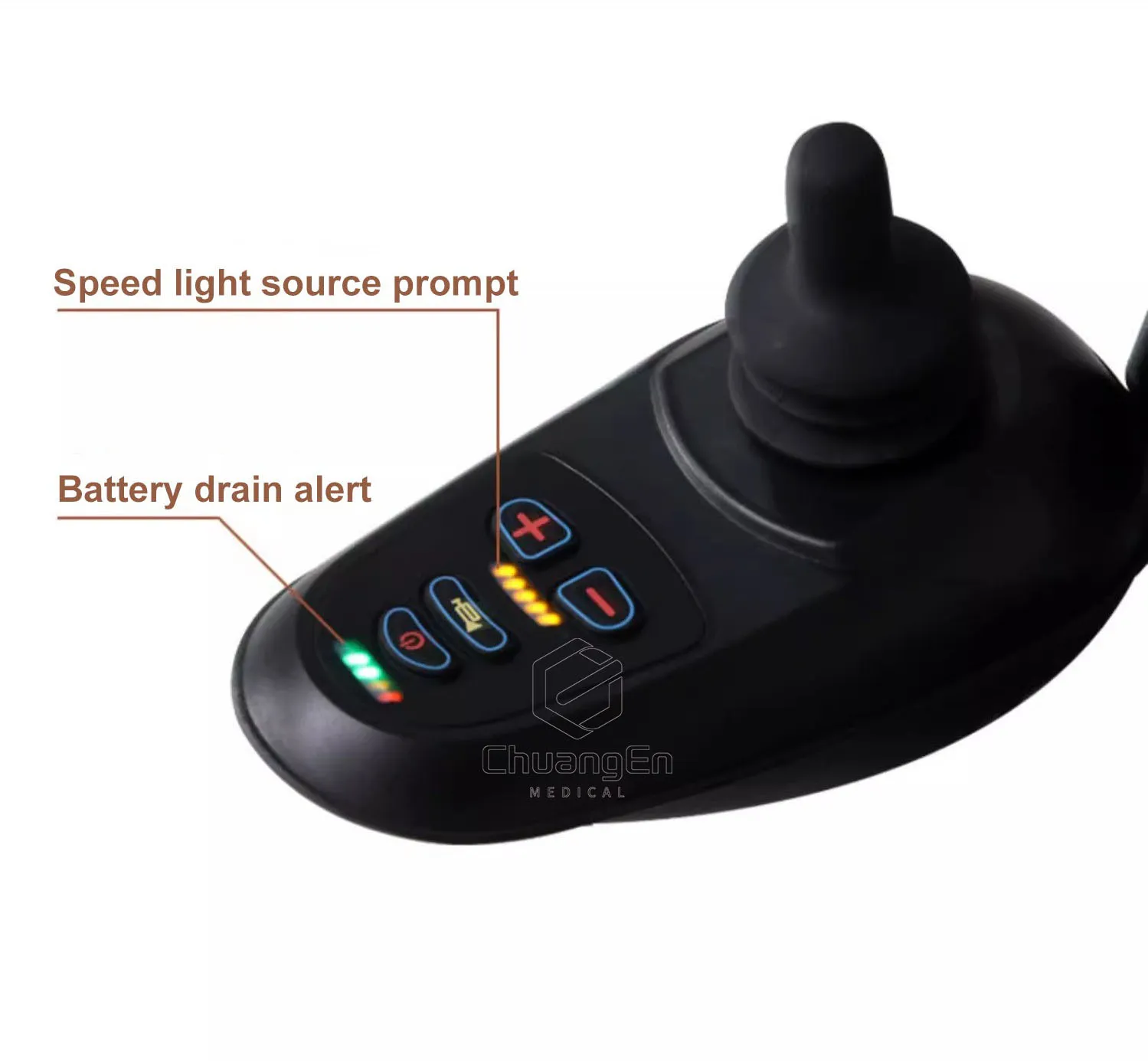
(air bed used in hospitals)





